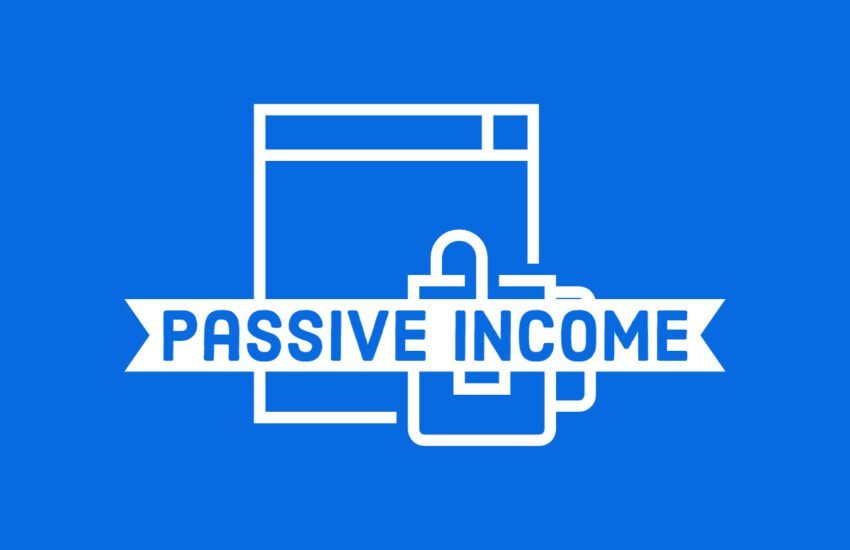How to Point a Domain Name to Your New Hosting
If you’ve purchased a domain name from a different registrar and want to point it to your new hosting, you can follow these step-by-step instructions:
Step 1: Purchase a Domain Name
Go to a domain registrar like GoDaddy, Namecheap, or Google Domains. Search for an available domain name, add it to your cart, and complete the purchase.
Step 2: Choose a Web Hosting Provider
Select a web hosting provider such as Bluehost, SiteGround, or HostGator. Purchase a hosting plan that suits your needs.
Step 3: Get Nameservers from Your Web Host
After purchasing hosting, the hosting provider will provide you with nameserver information. This typically looks like “ns1.hostingcompany.com” and “ns2.hostingcompany.com.”
Step 4: Access Your Domain Registrar Account
Log in to your domain registrar account where you bought the domain.
Step 5: Find DNS Settings or Domain Management
Look for a section called DNS Settings, Domain Management, or something similar within your domain registrar’s dashboard.
Step 6: Update Nameservers
Locate the option to edit your domain’s nameservers. Replace the default nameservers with the ones provided by your web hosting company. Save or apply the changes.
Step 7: Wait for Propagation
DNS changes can take some time to propagate across the internet. It can range from a few minutes to 48 hours. During this time, your website may be intermittently available. Once propagation is complete, your domain will be pointed to your web hosting. You can then upload your website files to your hosting account to make your site live on that domain.
Following these steps will allow you to successfully point your domain name to your new hosting provider. It’s important to note that DNS propagation can take some time, so be patient and give it a few hours or up to 48 hours for the changes to fully take effect.
If you encounter any difficulties during the process, don’t hesitate to reach out to your domain registrar or web hosting provider for assistance. They will be able to guide you through the steps and help you resolve any issues that may arise.
By following these simple steps, you’ll be able to seamlessly connect your domain name to your new hosting and get your website up and running on your chosen hosting provider.
Frequesntly Asked Questions
Here are 10 frequently asked questions about pointing a domain name to new hosting,
1. **How do I point my domain name to my new hosting provider?**
– To point your domain name to your new hosting provider, you need to update the domain’s nameservers to the ones provided by your hosting provider. This involves logging into your domain registrar’s account, accessing the domain management settings, and replacing the current nameservers with the ones provided by your hosting provider. Once the changes are saved, it may take some time for the updates to propagate across the internet.
2. **What are nameservers, and why do I need to update them?**
– Nameservers are specialized servers on the internet that translate domain names into corresponding IP addresses. By updating your domain’s nameservers to those provided by your new hosting provider, you ensure that DNS queries for your domain are directed to the correct server where your website files are hosted. This allows visitors to access your website using your domain name.
3. **How long does it take for nameserver changes to take effect?**
– Nameserver changes typically take anywhere from a few minutes to 48 hours to propagate across the internet. During this time, DNS records are updated and cached by ISPs and DNS servers worldwide. The exact time it takes for changes to take effect depends on factors such as TTL (Time to Live) settings, DNS caching policies, and network propagation delays.
4. **Will my website experience downtime during the nameserver update?**
– It is possible that your website may experience some downtime during the nameserver update process. This downtime occurs because DNS changes need to propagate across the internet, and some users may still be directed to the old hosting server until the updates are fully propagated. To minimize downtime, you can schedule the nameserver update during off-peak hours and inform your visitors in advance.
5. **Do I need to update any other DNS records besides the nameservers?**
– In addition to updating the nameservers, you may also need to update other DNS records such as A records, CNAME records, MX records, or TXT records, depending on your hosting setup and requirements. These records control various aspects of your domain’s functionality, such as pointing to specific IP addresses, configuring email servers, or verifying domain ownership for services like Google Workspace or Microsoft 365.
6. **What happens if I make a mistake when updating the nameservers?**
– If you make a mistake when updating the nameservers, it could potentially cause your website to become inaccessible. Double-check the nameserver information provided by your hosting provider and ensure that you enter it correctly in your domain registrar’s settings. If you encounter any issues, you can contact your hosting provider or domain registrar for assistance in correcting the mistake.
7. **Can I point multiple domain names to the same hosting account?**
– Yes, you can point multiple domain names to the same hosting account by updating the nameservers or DNS records for each domain to point to the hosting provider’s servers. Most hosting providers support hosting multiple domains on the same account, allowing you to manage multiple websites from a single hosting dashboard.
8. **How can I verify if the nameserver update was successful?**
– You can verify if the nameserver update was successful by performing a DNS lookup for your domain name using online tools or command-line utilities like nslookup or dig. These tools will show you the current DNS records associated with your domain, including the nameservers. Additionally, you can visit your website in a web browser to ensure that it loads correctly with the new hosting provider.
9. **Can I revert back to my old hosting provider if I’m not satisfied with the new one?**
– Yes, you can revert back to your old hosting provider if you’re not satisfied with the new one. To do this, you would need to update your domain’s nameservers or DNS records to point back to the old hosting provider’s servers. Keep in mind that it may take some time for DNS changes to propagate, and there may be downtime during the transition period.
10. **Do I need to transfer my domain registration to my new hosting provider?**
– No, you do not necessarily need to transfer your domain registration to your new hosting provider. You can keep your domain registered with your current registrar and simply update the nameservers or DNS records to point to the new hosting provider’s servers. Transferring domain registration is optional and involves a separate process that may incur additional fees.

